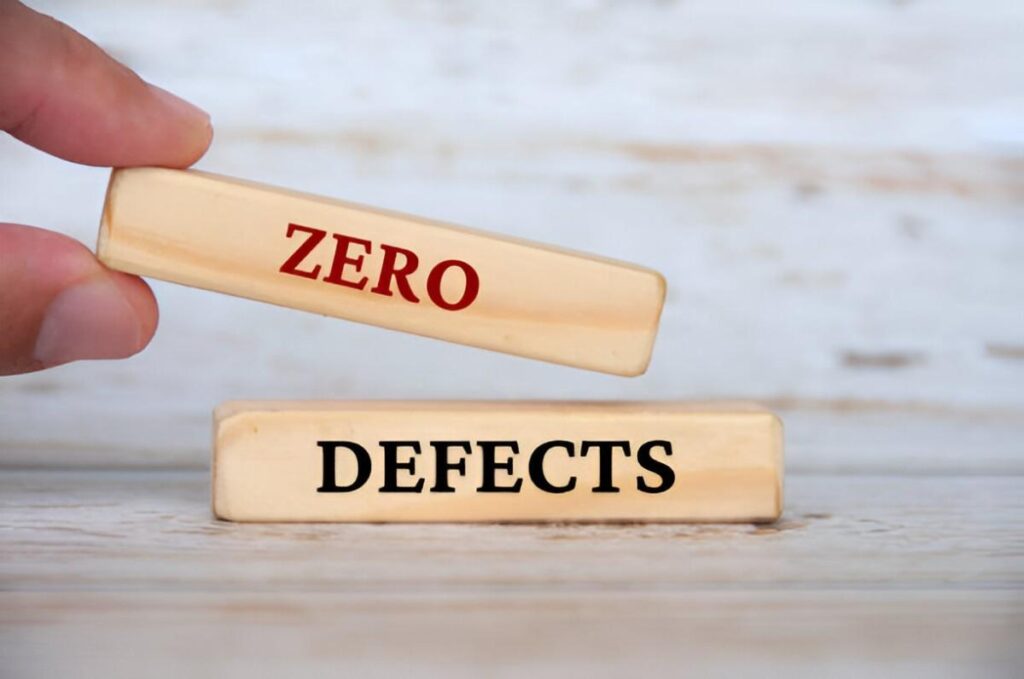Businesses operate in complex environments where decisions must be precise, repeatable, and scalable. To navigate this complexity, I rely on hard systems methodologies—structured approaches that break down problems into measurable, solvable components. Unlike soft systems, which deal with human behavior and ambiguity, hard systems focus on quantifiable elements. In this article, I explore how structured methodologies like systems engineering, operations research, and decision analysis enhance business efficiency.
Table of Contents
What Are Hard Systems?
Hard systems thinking applies engineering principles to business problems. It assumes systems behave predictably and can be optimized using mathematical models. For example, supply chain logistics, financial forecasting, and production scheduling all benefit from hard systems approaches.
Key Characteristics of Hard Systems
- Quantifiable Inputs and Outputs – Variables are measurable (e.g., production output, cost per unit).
- Objective Optimization – Solutions aim to maximize efficiency (e.g., minimizing costs, maximizing profits).
- Structured Processes – Problems follow defined steps, such as:
- Problem definition
- Model construction
- Solution testing
A classic example is Linear Programming (LP), used to optimize resource allocation. Suppose a factory produces two products, A and B, with profit margins of \$50 and \$70 respectively. If machine time and labor are constraints, the objective function becomes:
\text{Maximize } Z = 50x_1 + 70x_2Subject to:
2x_1 + 3x_2 \leq 120 \text{ (Machine Hours)}
4x_1 + 2x_2 \leq 80 \text{ (Labor Hours)}
Solving this using the Simplex Method yields the optimal production mix.
Hard Systems vs. Soft Systems
| Aspect | Hard Systems | Soft Systems |
|---|---|---|
| Focus | Technical efficiency | Human behavior, organizational culture |
| Approach | Mathematical modeling | Qualitative analysis |
| Example Use | Inventory optimization | Change management |
While hard systems excel in structured environments, they struggle with human-centric problems. A hybrid approach often works best.
Real-World Applications
1. Operations Research in Logistics
Companies like FedEx use route optimization algorithms to minimize delivery time. The Traveling Salesman Problem (TSP) is a classic case:
\text{Minimize } \sum_{i=1}^{n} \sum_{j \neq i} c_{ij}x_{ij}Where:
- c_{ij} = cost from city i to j
- x_{ij} = binary variable (1 if route taken, 0 otherwise)
2. Financial Modeling
Portfolio optimization uses the Markowitz Model to balance risk and return:
\text{Minimize } \sigma_p^2 = \mathbf{w}^T \Sigma \mathbf{w}Subject to:
\mathbf{w}^T \mathbf{\mu} = \mu_p
Where:
- \sigma_p^2 = portfolio variance
- \mathbf{w} = asset weights
- \Sigma = covariance matrix
3. Quality Control (Six Sigma)
Manufacturers use statistical process control (SPC) to reduce defects. The Capability Index (Cpk) measures process performance:
Cpk = \min \left( \frac{USL - \mu}{3\sigma}, \frac{\mu - LSL}{3\sigma} \right)Where:
- USL, LSL = upper/lower specification limits
- \mu, \sigma = mean and standard deviation
Challenges of Hard Systems
- Over-Reliance on Data – Garbage in, garbage out (GIGO) applies; flawed inputs lead to flawed outputs.
- Inflexibility – Rigid models may not adapt to sudden market shifts.
- Human Factors – Employee resistance can derail technically sound solutions.
When to Use Hard Systems
- Repetitive processes (e.g., assembly lines)
- High-stakes decisions (e.g., financial risk modeling)
- Resource-intensive operations (e.g., supply chain logistics)
Final Thoughts
Hard systems provide a rigorous framework for tackling structured business problems. By leveraging mathematical models, businesses achieve efficiency, scalability, and precision. However, they must be balanced with soft systems thinking to address human and cultural dimensions.





